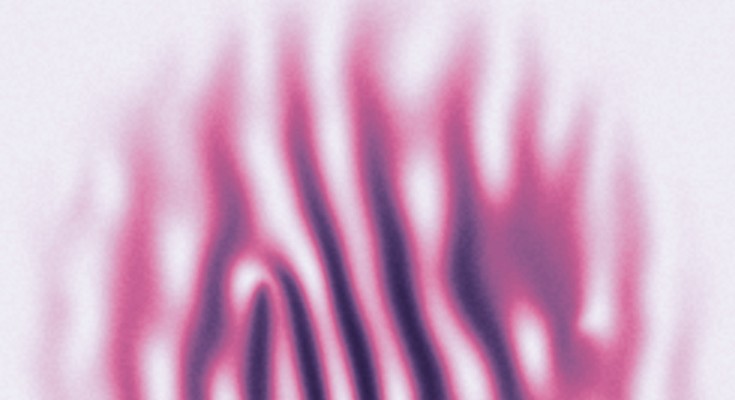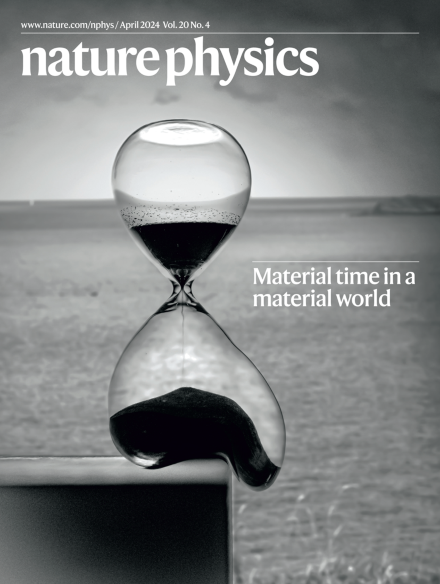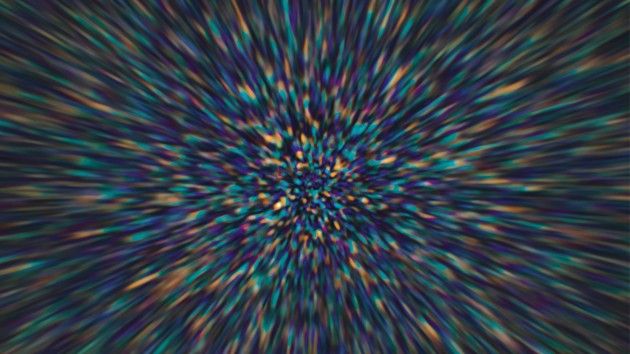
March issue
This month we focus on physics education research, discover how dynamics can be classified by symmetry and topology, and learn that seesaw oscillations aid directional decision making for cells.

This month we focus on physics education research, discover how dynamics can be classified by symmetry and topology, and learn that seesaw oscillations aid directional decision making for cells.

